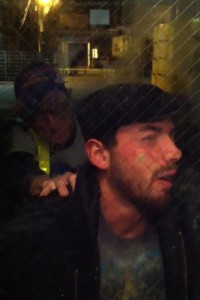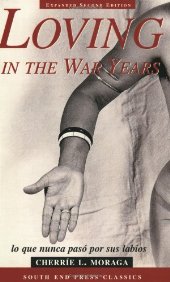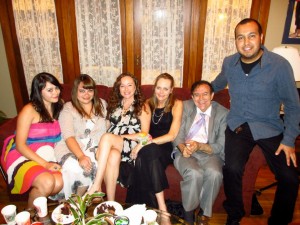The article that I read on the Bildungsroman was, Modernist Studies and the Bildungsroman: A Historical Survey of Critical Trends by Tobias Boes.
The Bildungsroman is a “novel of formation.” “Bild” means to “form.” This is referring to a natural or organic type of formation, the way a plant grows.
This article talks about the changes of the definition and types of literature categorized under the Bildungsroman. In the 1980s and 90s, the study of feminism and minorities grew and this led to the evolution of the original Bildungsroman definition. Now it was to include the coming-of-age stories which are quite different from the nineteenth-century European types.
Tobias Boes mentions Mikhail Bakhtin’s work, “The Bildungsroman and Its Significance in the Historyof Realism.”
Bakhtin describes the Bildingsroman as:
[The hero] emerges along with the world and he reflects the historical emergence
of the world itself. He is no longer within an epoch, but on the border between
two epochs, at the transition point from one to the other. This transition is
accomplished in him and through him . . . It is as though the very foundations of
the world are changing, and man must change along with them. (23–4) (Boes 236)
Boes also mentions Claudine Raynaud’s definition of Bildungsroman to include that the moment of maturity in African American stories is the protagonist’s awareness of racism. This awareness is very crucial to their development. The article continues to say that the novel of formation is more like “the novel of development.”
Mark Stein describes a dual function of the protagonist:
“The hero no longer merely changes with the world; instead, the world also changes
with and through him.”
Link to: Modernist Studies and the Bildungsroman: A Historical Survey of Critical Trends by Tobias Boes.<http://www.tobiasboes.net/wp-content/uploads/2011/01/Boes_Modernist.pdf>




